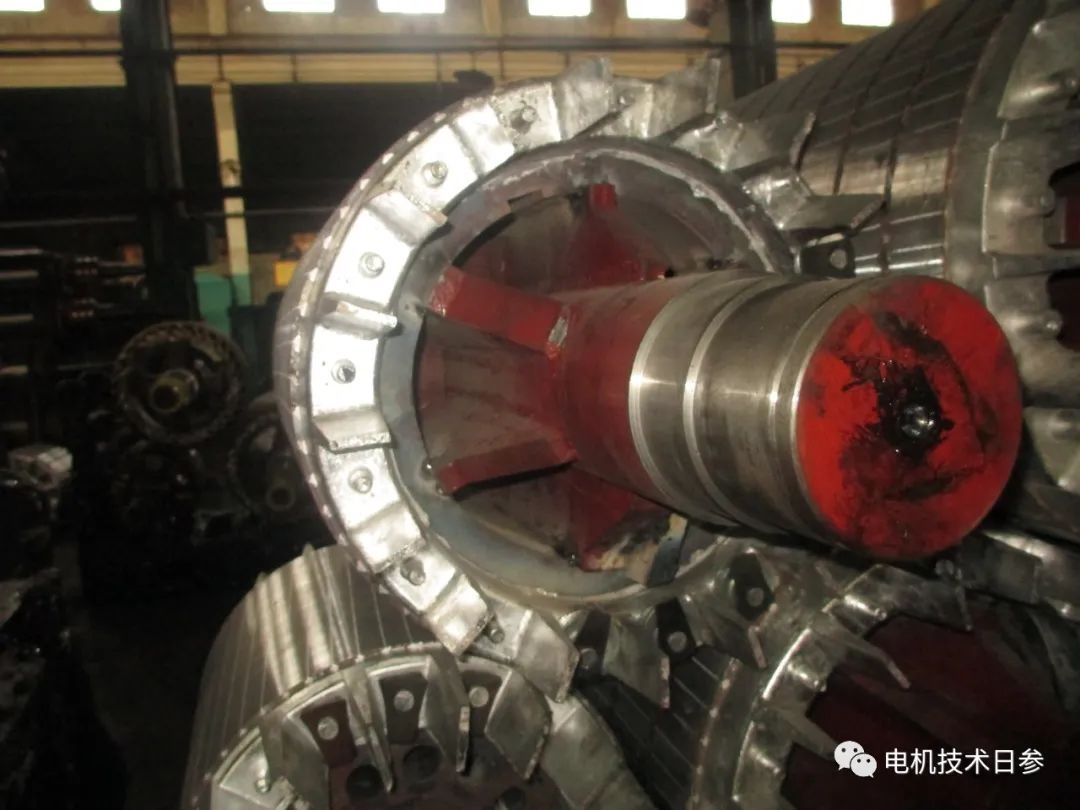Why does the shaft or rotor of the motor appear blue?
For most readers, the word bluing is no stranger, bluing is heating steel or steel parts to an appropriate temperature in air, water vapor or chemicals to form a layer of blue or black oxide film on the surface craft.
For motor parts, it is often not because of the special bluing treatment process, but a physical phenomenon produced during the production and processing of the motor, or during the operation of the motor.
During the processing of the motor shaft itself, there will be no bluish factors, but during the assembly process of the motor shaft and other parts, or other subsequent processing processes, bluish phenomenon may occur:
The cage-type motor shaft and the rotor core are a typical interference fit relationship. After the rotor core is cast in a hot state, the shaft and the rotor core are assembled, and the heat of the cast aluminum rotor is enough to cause local ( The matching position between the rotor core and the shaft, and extending to both ends to varying degrees) is blue, and some are black.

Under normal circumstances, whether it is the production process or the running state of the motor, the surface of the rotor of the motor is the original color after metal turning, and some faulty motor rotors will show a partial or complete blueing phenomenon, from the metal to the blue According to the analysis of the physical phenomena, this is due to the problem caused by the high temperature during the operation of the motor.
Under normal circumstances, the rotor of the motor is partially blue, which is caused by the casting defects of the rotor itself, such as broken bars or thin bars. During the test of this type of motor, it will appear that the locked rotor current is seriously unbalanced. In severe cases, the rotor will flow. Aluminum problem; if the entire rotor of the motor is in a blue state, one possibility is that the temperature rise of the stator winding is too high. At this time, the stator winding may have shown an insulation aging state similar to overload; Similar problems can also occur in fine, but the possibility of this is relatively small.

In short, the blueness of motor parts is an abnormal phenomenon caused by unstable processing technology or hidden dangers in the quality of the motor. Motor producers and users should accumulate experience in this area, and control and improve it.



























 XINDA
XINDA